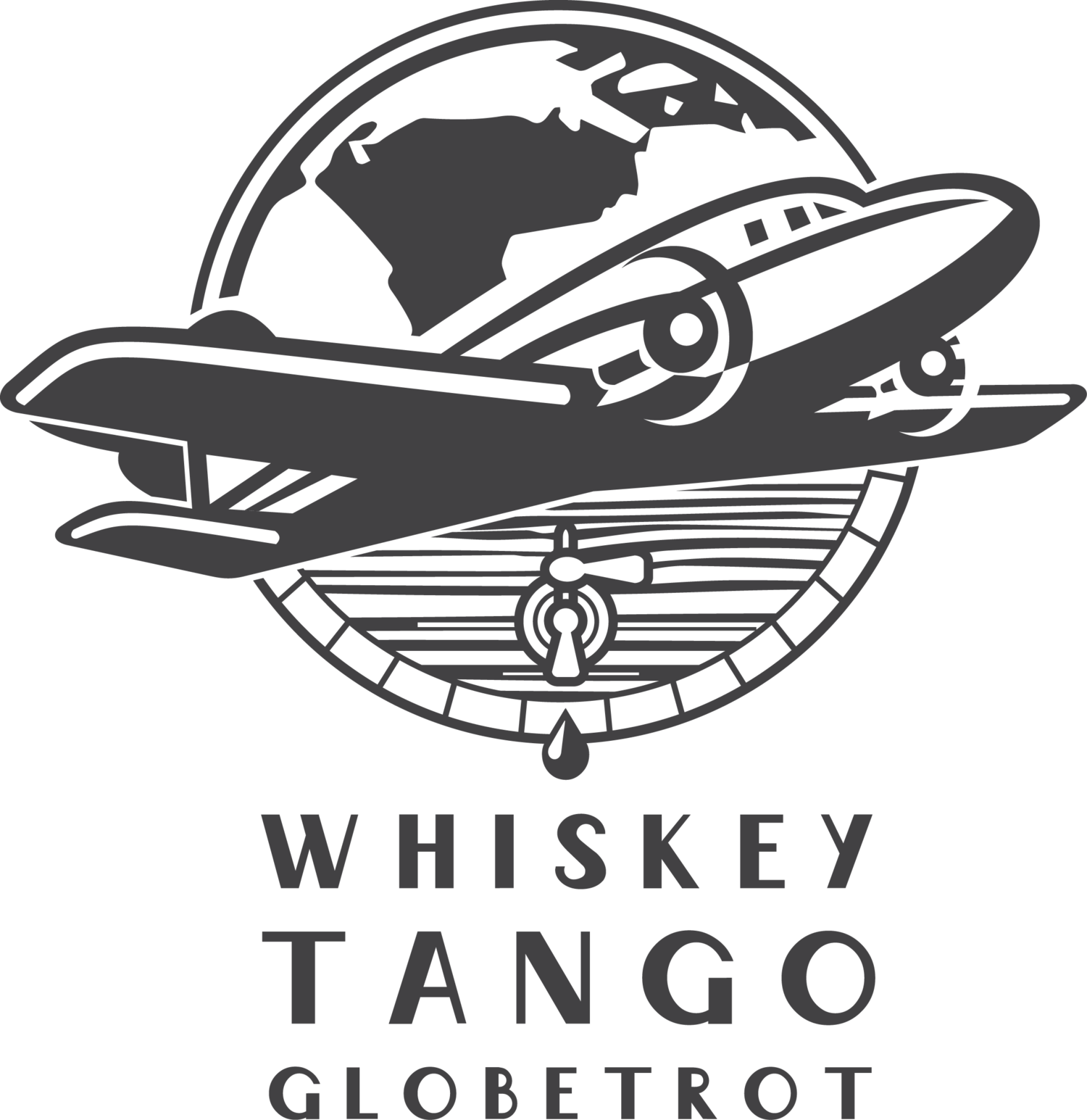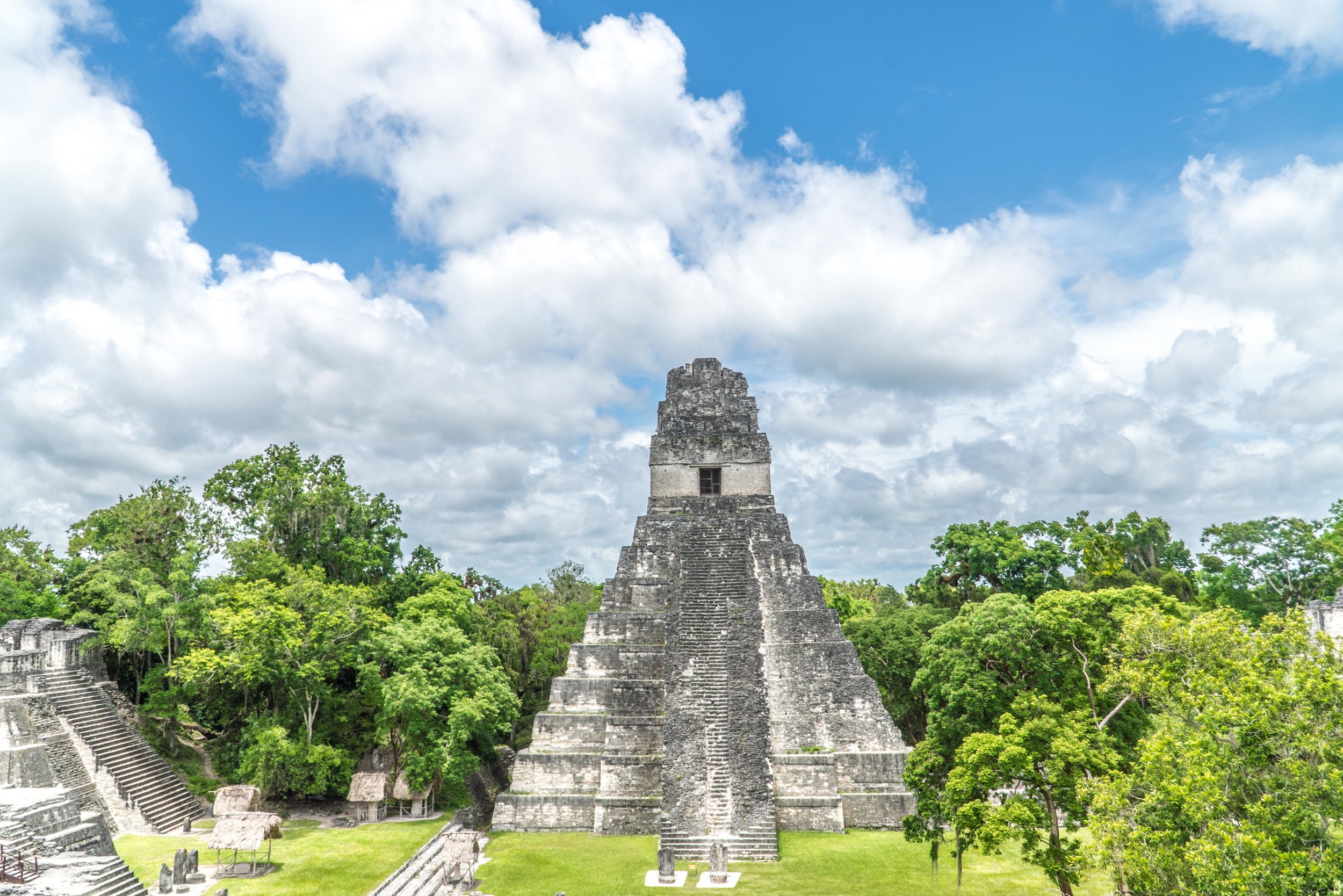Germany Drinks: A Drink Tour of Germany’s Cities
When you think Germany and German drinks, you probably think about the likes of Munich’s Oktoberfest (and Oktoberfest beers), Jägermeister, and large boots of pilsners and other types of lagers. These things seem universally “German.” However, on my first proper trip to Germany, just a few weeks ago hosted by Germany Tourism, I wanted to discover Germany beyond the typical perceptions. I wanted to find those food and drinks that were uniquely Germany.
And I found it in some of Germany’s lesser-known cities, like Bamberg, known for its rauchbier, a unique smoked beer. And in Düsseldorf, I discovered altbier, one of the oldest styles of beers which is largely only produced here. And in Würzburg I learned about Silvaner, a grape varietal that most people have probably never even heard of. So in my latest post, I take you on a little drink tour of Germany’s cities to help you learn about some of the more unique drinks of Germany.
Düsseldorf
Düsseldorf was my first stop in Germany, and perhaps the most unique in the way of food and drinks. I stayed at the Me and All Hotel Dusseldorf, sitting in the heart of Dusseldorf’s Japanese community, which is actually one of the largest Japanese communities in Europe (behind London and Paris). It was a stark contrast making the 10-minute walk from avenues lined with Japanese restaurants to Düsseldorf’s Altstadt (Old Town), to discover the city’s “altbier” bars.
Altbier, translated “old beer,” is uniquely a Düsseldorf beer. In short, it looks like an ale, is malty and hoppy like an ale (close to an amber), but fermented like a lager. As it was described to me, the name and production of it comes from the older method of top-fermenting the beer and maturing it at a cooler temperature.
What was cool in Düsseldorf was that the city’s altbier breweries were within a short walk from one another, which I experienced firsthand on my “altbier” safari with Altbier Safari. Most of the breweries dated back to the 1800s, and all were located right in the heart of Altstadt, pouring out with people. Servers continually walked around with full trays of altbiers, which were served in small glasses, similar to a Tom Collins glass. As they walked around, they marked coasters with a tally, which indicated how many beers each person had had. I’ve done a lot of beer tours over the years, and this experience learning about altbier was one of the most unique.
But wait, there’s even more! Across from one of Düsseldorf’s altbier breweries, Uerige, sat Et Kabüffke, a small dive known for a drink called Killepitsch, an herbal liqueur made in Düsseldorf (move over Jägermeister!). According to the company's website, the strong herbal liqueur (42% ABV!) is made from 98 herbs and fruits from all around the world, and then stored in old clay pots for a year to ripen. Our food tour group all gathered around the table for our shot of Killepitsch together, while some of the older men told me about coming to this bar after “The War.” This, coupled with the altbier safari, felt like such a uniquely German experience.
Cologne
What altbier is to Düsseldorf, Kölsch is to Cologne. Yet there may be some strong words toward me from locals, since there’s such a stiff beer competition between Cologne and Düsseldorf. Nonetheless, the fact is that the top-fermented, yellow hue Kölsch is undeniably the drink of Cologne, and is defined as such by the Kölsch Convention (yes, that was totally a thing).
For a taste of Kölsch straight from the source, there’s Brauhaus Früh am Dom, which is just a short walk from the train station and cathedral (you can't miss the cathedral), and has been making beer in Cologne since 1904. For more of a local community vibe, I recommend Brauhaus Pütz and Brauerei Päffgen, both of which are within a 10-minute walk of one another.
My favorite food and drink experience in all of Germany came just a few blocks away from Brauhaus Pütz at Bei Oma Kleinmann. Bei Oma Kleinmann is known for their schnitzel (they have an entire schnitzel menu!), and like many Cologne restaurants and bars, continually brought glasses of Kölsch until I placed my coaster on top of my glass. If you have one meal in Cologne, have it here, where it’ll feel like stepping back into time.
Bamberg
Bamberg, or should we call it Beerburg? Bamberg has one of the highest concentrations of breweries (per capita) in the world. 9 breweries are in the town of Bamberg itself, with another 60 in the county, producing several hundred different types of beer. It’s a beer bucket list destination.
Many of Bamberg’s breweries date back several hundred years, like Mahr's Bräu, founded in 1670. I spent my first evening in Bamberg with the face of Mahr's Bräu, Stephan Michel, the fourth-generation brewmaster and owner. I noshed on traditional Franconian food while enjoying some of Mahrs Bräu’s beers, such as the aU and helles, while Michel shared with me plans for launching a whiskey and giving me a behind-the-scenes tour. Beer plus whiskey?! Sold.
However, what’s most unique to Bamberg is a special type of beer called rauchbier, a smoked style of beer. I enjoyed my first rauchbier at Schlenkerla, a brewery which was founded in 1405 (yes, really). At some specialty beer stores, like one of my local shops in L.A., you can even find some of Schlenkerla’s beers. Beyond smoked beer, Schlenkerla does a number of traditional German styles of beer, and even a smoked schnapps. I very well could’ve spent all day here.
Finally, my last stop was at Bamberg’s hop garden, Hopfengarten. I met Kris Emmerling, who manages the garden, which is the first hop garden in Bamberg in a century. He showed me many of the different varietals, and other herbs, they grow, and then served me a few beers brewed from the very hops they grow on-site. A true farm-to-glass brewery!
Würzburg
Last, but certainly not least is Würzburg. It’d really be impossible to talk German drinks like lagers and schnapps and not talk about German wine. And Würzburg is the place to discover it, since the Franconian city is home to three of Germany’s top-five largest wineries.
On my first day, I spent most of it at Bürgerspital Winery, which dates back 700 years! For those keeping track at home, that’s nearly three times as old as America. It was one of the coolest drink experiences I’ve had, getting to descend beneath Würzburg’s city streets into the old tunnels of Bürgerspital Winery that were so steeped with history.
Würzburg, and more specifically, Bürgerspital, specialize in white wines. At Bürgerspital I mainly drank Riesling, which Germany is known for, and Silvaner, a white varietal unique to this part of the world that I had never even heard of. The wine is traditionally dry with a minerality to the taste, and typically good-bodied. Personally, I could’ve drank Silvaner all day, and I nearly did. That’s because in addition to winery tours, the winery has its own tasting room in the heart of Würzburg, and a restaurant. Talk about a destination winery!
My tour at Bürgerspital was with Maria Pertmann-Ley, one of several English-speaking guides who are available for group tours of Bürgerspital's wine estate in Wurzburg. Individual visitors can have a wine tasting just around the corner at their wine shop, Weinhaus, and dinner at the restaurant, Buergerspital Weinstuben. The other major wineries in Würzburg include Juliusspital and Staatlicher Hofkeller, while there are a number of other wineries in and around the city.
Finally, I spent my final evening in Germany at Goldene Gans (translated "Golden Goose"), a riverfront brauerei & wirtshaus overlooking The Main in Würzburg. I sipped on Helles lagers and noshed on a pretzel while river cruises floated by. It was a fitting end to my week in Germany.

















